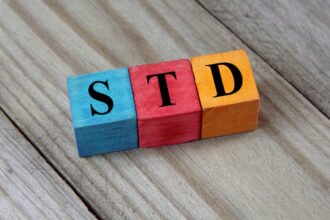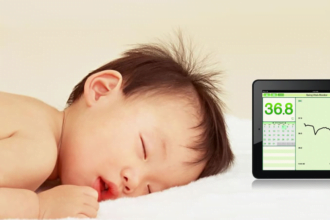Summary: Did you know that one in 5 children are diagnosed with a mental disorder? Did you know that childhood ADHD is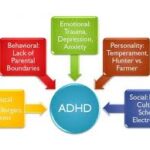 tied to obesity later in life? Do you know the symptoms, causes, and treatments for ADHD?
tied to obesity later in life? Do you know the symptoms, causes, and treatments for ADHD?
Summary: Did you know that one in 5 children are diagnosed with a mental disorder? Did you know that childhood ADHD is tied to obesity later in life? Do you know the symptoms, causes, and treatments for ADHD?
tied to obesity later in life? Do you know the symptoms, causes, and treatments for ADHD?
What exactly is ADHD? ADHD stands for Attention-Deficit Hyperactivity Disorder. According to recent studies, 1 out of 5 children suffer from some sort of mental disease such as ADHD. That is a pretty amazing statistic – 20% of our children. To convert this figure in terms of healthcare costs, this equates to almost $250 billion. This is another shocking statistic. Mental disorders are “serious deviations from expected cognitive, social and emotional development”. In addition to having mental disorders during childhood which may continue into adulthood, these children are also more likely to be diagnosed which chronic conditions such as diabetes. So, mental health is a real issue that deserves real attention. Early detection can lead to early treatment and hopefully reduce the severity of the symptoms.
According to the Centers for Disease Control and Prevention (CDC), there are several symptoms in children which can indicate the presence of ADHD:
- Have a hard time paying attention
- Daydream a lot
- Not seem to listens
- Be easily distracted from schoolwork or play
- Forget things
- Be in constant motion or unable to stay seated
- Squirm and fidget
- Talk to much
- Not able to play quietly
- Act and speak without thinking
- Have trouble taking turns
- Interrupt others
While the causes of ADHD are not currently known, there is evidence to support the following may be contributing causes: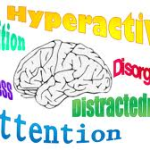
- Genetics
- Brain injury
- Environmental exposures
- Alcohol and tobacco use during pregnancy
- Premature delivery
- Low birth weight
Diagnosis of ADHD
One of the issues with diagnosing ADHD is there isn’t a single test to diagnose. It is a multi-step process. The symptoms may be similar to those attributed to other mental illnesses such as anxiety and depression. Therefore treatment can be tricky. Diagnosis of ADHD is more of an elimination of other diseases to arrive at ADHD as the most probable. The process currently used to diagnose ADHD involves 1. Medical exam which includes hearing and vision. 2. Checklist for rating ADHD symptoms and taking a history of the child from parents, teachers and the child.
Treatment of ADHD
There is no one treatment that is prescribed for each child diagnosed with ADHD. In general, treatment involves a combination of medication and behavior therapy. The key to treatment is a good follow up plan to monitor progress and make sure the treatment is working according to plan.
Some ADHD facts and theories: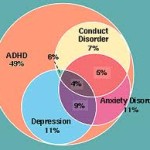
- ADHD is more prevalent in boys than girls.
- Those who have ADHD as a child are more likely to be obese as adults. Obesity can lead to issues such as diabetes and heart attacks. The link comes from impulsivity, poor planning and the difficulty to make decisions.
- ADHD has been linked to issues with drug and alcohol abuse.
- Those with ADHD are less likely to pursue post high school education.
- Those with ADHD may be more likely to become arrested.
- Childhood ADHD has been linked to higher unemployment rates and poorer work productivity.
- ADHD is tied to lower socioeconomic status on average.
ADHD is certainly of major concern. It is also a disease which is difficult to diagnose. Diagnosis comes from eliminating or ruling out other diseases to diagnose as the most probable mental illness. The symptoms are similar to other diseases such as anxiety and depression. Treatments are based upon the individual so there isn’t a one cure fits all. These issues make ADHD difficult to diagnose and therefore difficult to quantify and measure.


